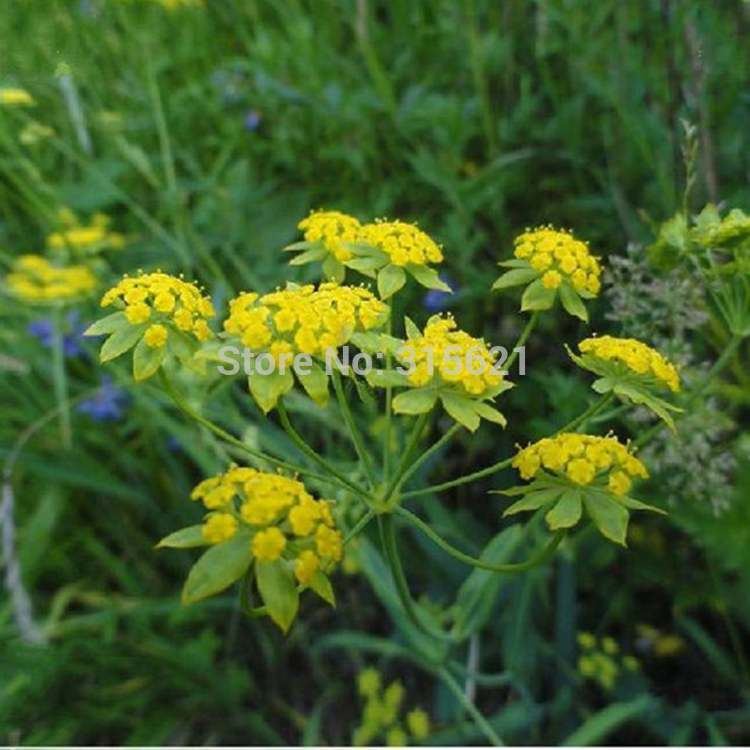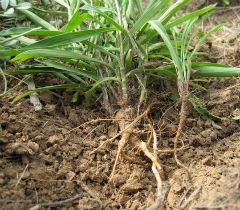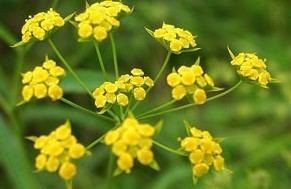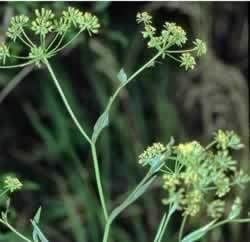Rank Species | Scientific name Bupleurum chinense | |
 | ||
Similar Bupleurum, Bupleurum falcatum, Atractylodes, Bupleurum scorzonerifolium, Pinellia | ||
Bupleurum chinense
Bupleurum chinense (Chinese: 柴胡; pinyin: chaí hú; Jyutping: caai4 wu4) is a plant of the Apiaceae family.
Contents
Ethnomedical uses

Bupleurum (Thorowax) is a medicinal root found natively in East Asia. The Chinese name is Chai Hu (柴胡). The leaves of the plant are long and thin and resemble fennel.


Bupleurum is a primary ingredient an ancient Chinese medicinal formula known as Xiao Chai Hu Tang, first recorded in the Treatise on Cold Induced Febrile Disease (Shang Han Lun) circa 280 AD. The ingredients are:


Another example of how Bupleurum is used in Traditional Chinese Herbal Medicine is in a formula called Xiao Yao San, which was first seen in the Tai Ping Hui Min He Ji Ju Feng (Imperial Grace Formulary of the Tai Ping Era) 1078–85. In this formula traditional practitioners use this combination of herbs with emphasis on Bupleurum to soothe irritability.
It is possible that Bupleurum, or Xiao Chai Hu Tang may reduce the symptoms of various types of hepatitis and HIV though it may also increase the risk of liver damage.
This formula should not be taken without a prescription from a licensed practitioner of traditional Chinese medicine and should not be taken for prolonged periods of time and could cause headache, dizziness and bleeding of the gums. Chai Hu might slightly reduce white blood count.
